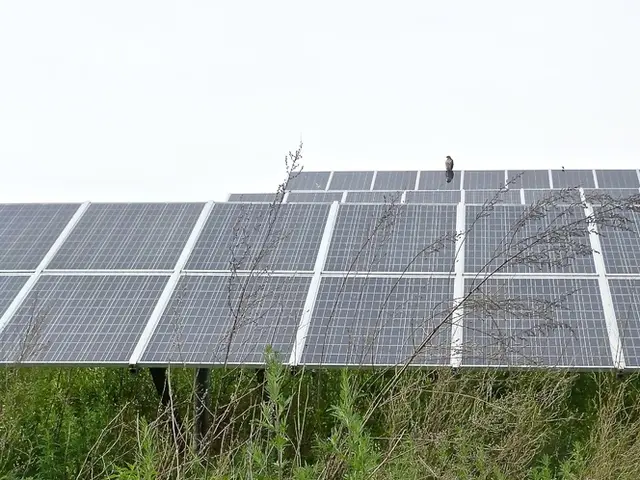Solar Energy's New Role: Powering Chemical Production
Scientists are exploring innovative ways to harness solar energy for chemical production. Recent lab tests show promise in alternative reactions, but scaling up remains a hurdle. Meanwhile, large-scale solar farms could revolutionize mass production of high-demand chemicals.
Instead of collecting hydrogen gas, these systems can use it immediately to create valuable compounds. This shift could make solar electrolysis economically viable, replacing low-value oxygen production with profitable reactions. Researchers at Helmholtz-Zentrum Berlin and Technical University of Berlin are developing a pilot-scale system to produce specialty chemicals.
To commercialize these technologies, carbon pricing, green chemistry subsidies, and tax incentives are vital. Investment in pilot-scale systems, advanced tools like computer modeling and AI, and supportive policies are also crucial. While large-scale units are ideal for mass production, smaller, flexible units can cater to expensive, low-volume specialty goods like pharmaceuticals or fine chemicals.
The chemical industry's heavy reliance on fossil fuels and energy-intensive processes calls for a shift towards sustainable methods. By transforming solar-driven water electrolysis into a versatile platform for chemical manufacturing, we can pave the way for a greener future.
Read also:
- Industrial robots in China are being installed at a faster rate than in both the United States and the European Union, as the global market for these robots faces a downturn.
- Galvanize Unveils $1.3 Billion Plan to Fund the Energy Sector's Evolution Pathway
- EAFO Research Uncovers Crucial Elements in Electric Vehicle Adoption within the EU
- Zeppelin's Fuel Cell Unit Powers 'Sandstedter Sommer' Festival








